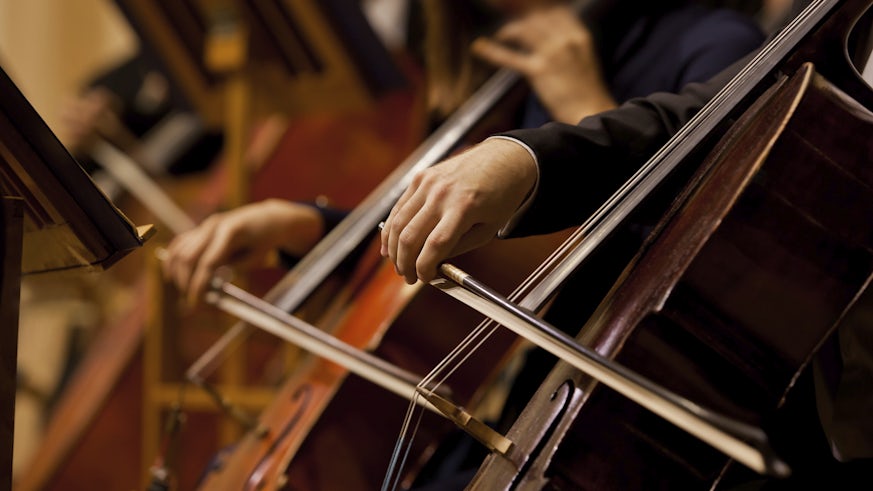Scientists harness power of music to boost stem cell therapy
25 March 2015

University scientists are harnessing the power of music to improve how stem cell therapies are developed.
The potential of stem cell research to treat conditions ranging from cancer to diabetes is the subject of growing fascination for scientists.
Translating this research from theory into something clinically useful is however fraught with difficulties rooted in the replication of experiments and the quality assurance of cells.
Existing methods for producing stem cells remain a difficult task, requiring researchers with a highly specialised skillset.
To make the process of stem cell research more accessible to the research community, scientists from Cardiff have developed novel software that transforms data into sound using algorithms requiring minimal human intervention – a process known as 'sonification'.
The approach has been designed to generate musical scores based on lab experiments. By combining biological science with software tools and algorithms, experiments can now be interpreted without the use of words.
Cardiff Professor Rachel Errington, the lead experimentalist, said: "We have made great strides in such a short time to develop a new audio-visual approach which is a paradigm shift for conveying stem cell and cell-based studies."
In a public concert held at the University's Hadyn Ellis Building in Cathays, a 'Stem Cell Orchestra' performedmusical scores inspired by interpretations of scientific procedures. The performance showcasedwhat the research project has achieved since its beginning four months ago.
The orchestra team comprises of multi-disciplinary researchers and musicians from Cardiff University and Cardiff Metropolitan University.
The research is funded by the the Welsh Crucible.
